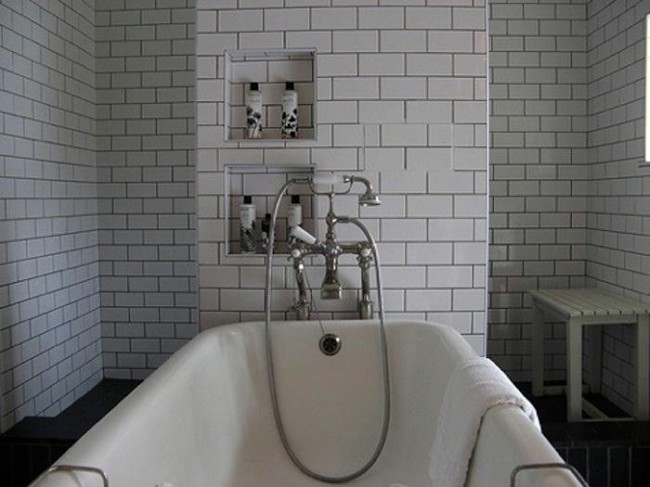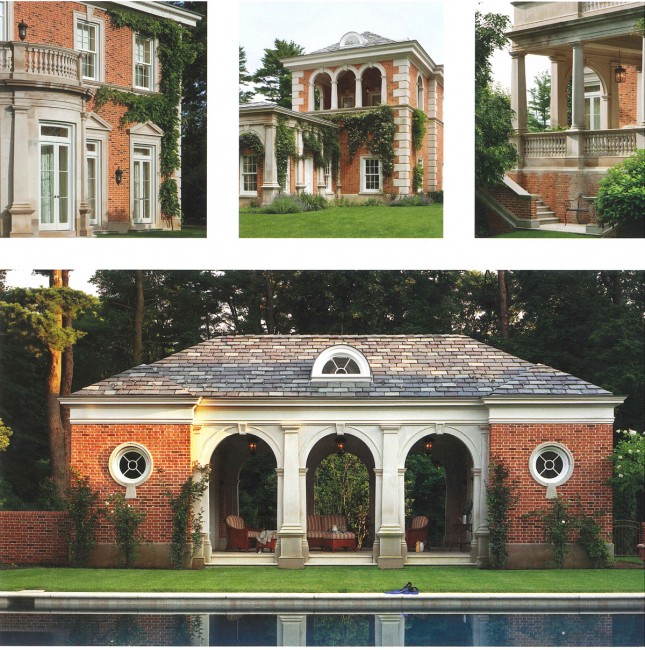
This is the only sign that lets you know you are about to enter a nature preserve, and a fabulous one at that.

|

|

|

|

|

|

|

|

|

|

|

|

|

|
After nearly a week of looking after my 3 young grandchildren, I needed some quiet time. The best place for me to find it is hiking the well marked trails in Steep Rock Park. It was a picture perfect day with bright blue skies, a temperate 71 degrees with a light breeze. Of course, this is also the most wonderful time of year to be in the woods as the wild flowers are in bloom, the leaves are a bright new green. Our favorite path is the one that follows the Shepaug River full and rushing after some torrential rains. My iPhone photos can only give you a sense of why I love the place so much.











































































